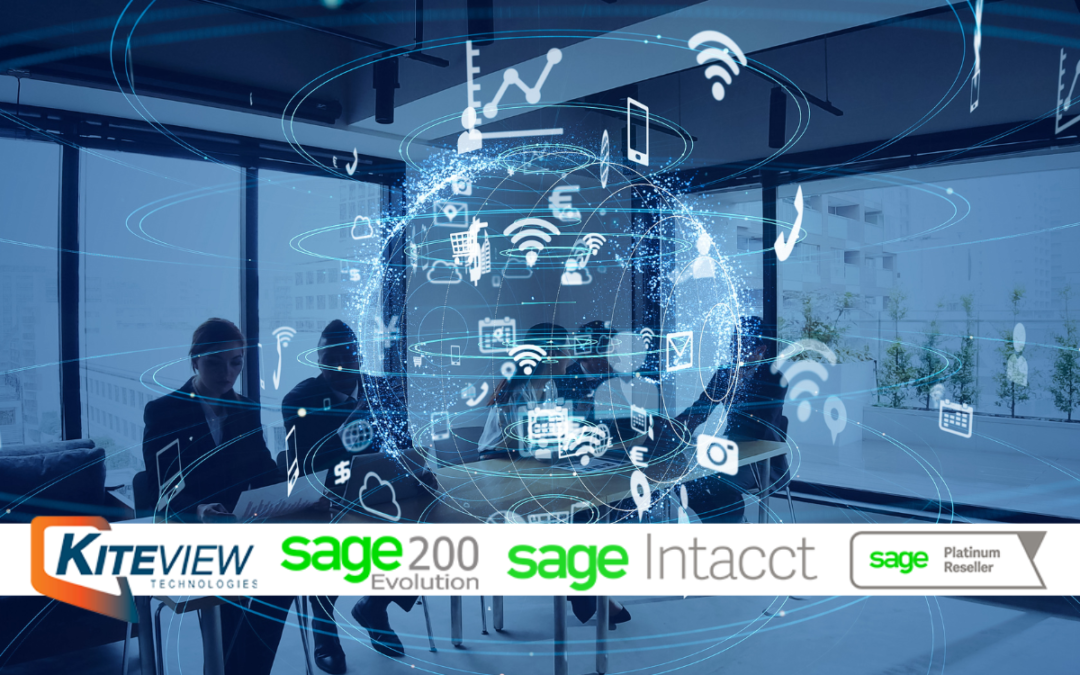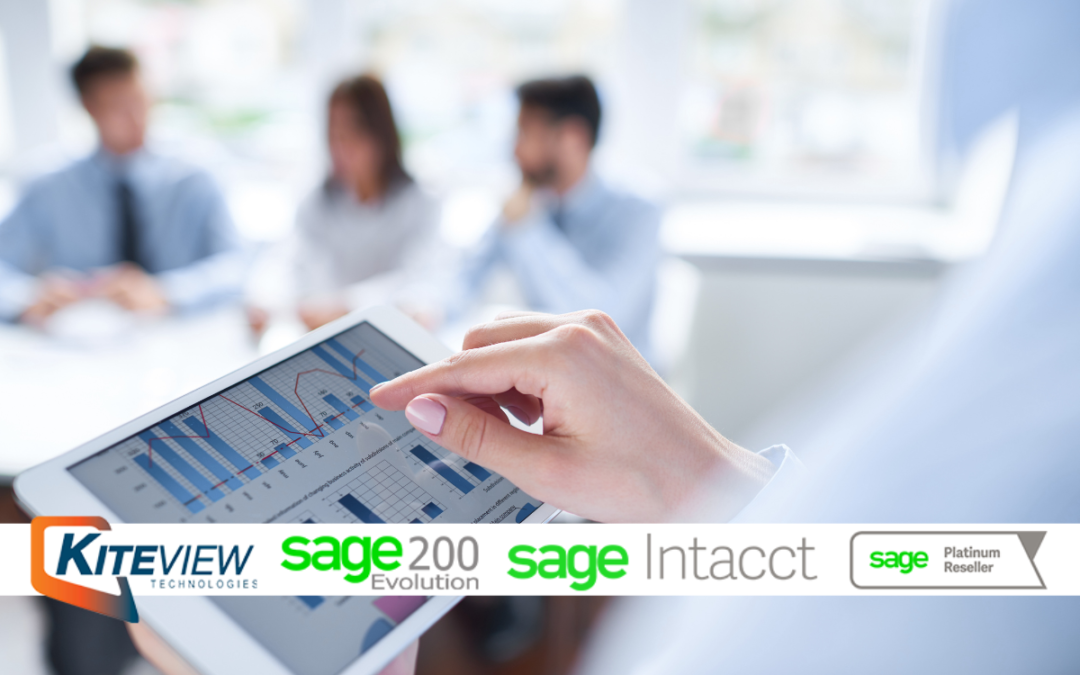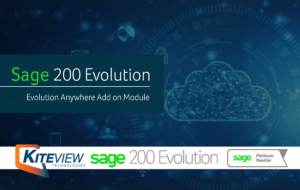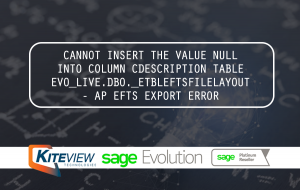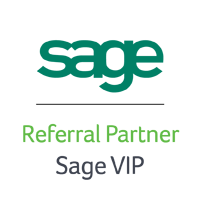
How data integration can improve financial management
Article credit: Sage
Organizations have long been in search of the Holy Grail of financial management: a single source of truth they can use for accurate reporting and budget planning. But the reality is that financial information is too often scattered among spreadsheets and other applications that don’t communicate with one another, making data management unwieldy and time-consuming.
Part of the challenge is the lack of a holistic approach to data management. Fewer than half of business and technology leaders have a clearly defined strategy, the Foundry Data and Analytics study found. A haphazard approach can lead to data silos that impede sharing and collaboration and create inconsistencies since information is formatted differently among applications and updates occur at different times. “Siloed data operate on different schedules, making processes like revenue recognition difficult,” says Scott Freedman, director of marketing for Sage Intacct.
In addition, financial leaders and teams who manually transfer information into spreadsheets and reports may make errors along the way. In the Foundry survey, leaders identified data quality problems as the No. 1 roadblock for organizations adopting data-driven initiatives.
Integrating financial data into a single cloud-based platform improves quality and accuracy and makes sharing information easier. Instead of individuals “owning” their own set of data, an integrated solution provides everyone with a common, updated, and accurate set of numbers to work with across the business.
Improving data accuracy can have a tangible impact on business performance. A recent Gartner study found that breaking down silos and sharing data boosts business outcomes. Gartner predicts that by 2023, organizations that promote data sharing will outperform their peers on most business metrics.
By shifting to Sage Intacct, a unified cloud solution for financial data, courier service Quicksilver Express reduced the time for doing its monthly close by 50%. Credit card and bank reconciliations are now done daily, reducing errors and eliminating a week’s worth of manual work. And overall accounting efficiency is up by 75%.
Family-owned investment firm Halstatt experienced similar benefits after switching to Sage Intacct. In the past, because valuation reporting took over 100 hours, the company only had time to do it annually. Now the process takes just a few hours and is done quarterly, giving executives a detailed view of asset value and costs throughout the year.
Data is projected to play a greater role in business strategy in the future, as leaders gain new insights from advanced analytics. Seventy-eight per cent of leaders expects information and analytics to fundamentally change the way they do business over the next three years, according to the Foundry study. The cloud, along with advanced capabilities enabled by AI and machine learning, will help companies get more proactive in mapping the best path forward.
“When you have an accurate view of what’s going on today, you can use AI and analytics to project that informationout and determine future needs and capacity,” Freedman explains. “That helps companies deal with unanticipated surges in demand, or make adjustments to marketing campaigns based on their performance. Connecting systems through consolidated reporting makes the whole business run more smoothly.”
Kiteview Technologies (Pty) Ltd was founded in May 2010 to provide the Sage Evolution Business Management solution to the SME market. The management team of Kiteview have combined +30 years of experience in the delivery of small to mid-market Financial & Business Management solutions. This experience, combined with a sound project implementation methodology has helped in Kiteview’s growth, becoming a Platinum status partner for SAGE Pastel within just 1 year.
Contact Us
For An Obligation Free Quote





